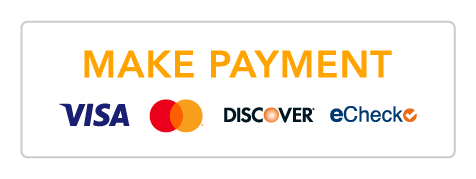We're diving into a topic that's not only important but also surprisingly exciting—taxes and financial planning. We're here to break down the world of planning conversations and opportunities that can help you, especially if you're a higher-income taxpayer.
Why Tax Diversification Matters
You've probably heard of diversification when it comes to investments. Did you know that the concept can apply to taxes too? It's called "tax diversification," and it's like building a financial safety net against potential future tax hikes. Think about it—tax laws can change, and those changes might mean higher taxes down the road. By creating a mix of tax strategies now, you're setting yourself up to weather whatever may come your way.
The Tactical Roth Conversation
Roth accounts can offer tax-free growth and withdrawals, and having one in your arsenal may be a great way to hedge against those future tax uncertainties. Within certain favorable tax brackets, you can have a tactical conversation about contributing to a Roth account. It's all about strategically picking the appropriate time to convert some of your traditional IRA funds to Roth status, potentially locking in lower taxes now for a tax-free retirement later.
Alternative Routes to Fund Your Roth Accounts
You might be wondering, "How do I even fund a Roth account?" Well, there are some creative ways to make it happen:
- Backdoor Roth IRA Contributions: If your income is too high to directly contribute to a Roth IRA, the backdoor option might be your golden ticket. This involves making a nondeductible contribution to a traditional IRA and then converting it into a Roth IRA. It's a workaround that can open the door to Roth benefits.
- After-Tax Contributions: For those who max out their workplace retirement accounts, after-tax contributions can be a game-changer. You can convert these after-tax contributions to Roth accounts, and there you have it—tax-free growth.
- Designated Roth Accounts in Retirement Plans: If your employer offers a Roth 401(k) or 403(b), you're in luck. Contributing to these accounts allows you to build your Roth savings within your company's retirement plan.
Getting Smart with Deductions
Now, let's discuss about deductions. Two strategies for higher-income taxpayers include:
- Lump Sum Charitable Deductions: Have you ever considered using Donor-Advised Funds (DAFs)? They're like your personal charity piggy bank. You make lump-sum donations, get the tax break upfront, and then distribute the funds to charities over time.
- Qualified Charitable Distributions (QCDs): If you're 70½ or older, QCDs let you send your Required Minimum Distributions (RMDs) directly to charities. This not only fulfills your RMD but also keeps those funds from boosting your taxable income. It's also important to note that QCDs can start as early as 70 ½ (account owners 70 ½ birthday) even though minimum distributions aren't required until age 72.1
Making Taxes Your Ally
Here's the bottom line: taxes might seem like a maze, but with the appropriate planning conversations and integrated strategies, they can work in your favor. From Roth tactics to creative funding routes and deduction strategies, there's a whole toolkit of options at your disposal. And you don't have to navigate this alone.
At Thielen & Associates, Inc., we're your guides—ready to help you unlock the potential of tax diversification and smart planning. Reach out to us today to explore how these opportunities could fit into your financial picture. We're here to make taxes more approachable, more manageable, and even a bit exciting.
1https://www.irs.gov/publications/p590b
The IRS treats a Roth IRA withdrawal made more than five years after the first tax year in which you made a contribution (including earnings) as a "qualified distribution." This means it is not taxable or subject to a penalty as long as you satisfy one of these qualifying conditions: You’re at least 59½, you become disabled or pass away, or you use the withdrawal (up to a $10,000 lifetime maximum) to pay for a first-time home purchase. 2. Both qualified retirement plans and IRAs typically involve fees, expenses, and services that should be compared when considering a qualified plan rollover.


